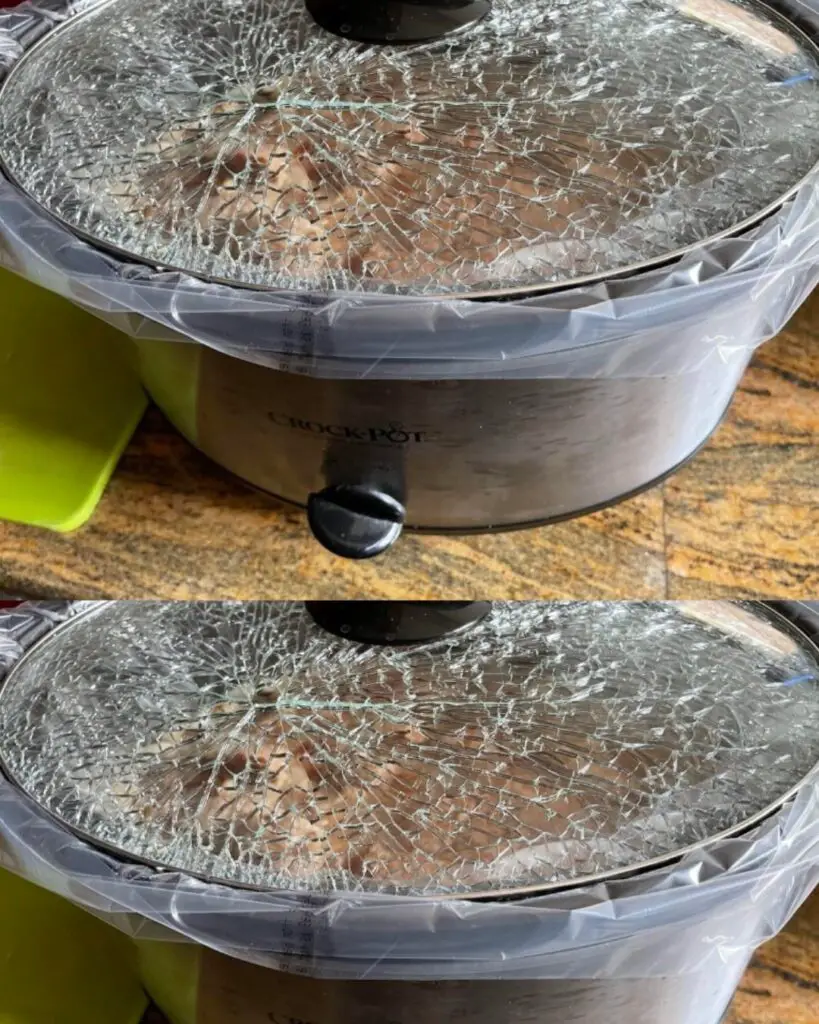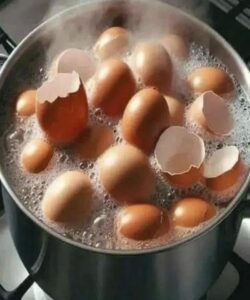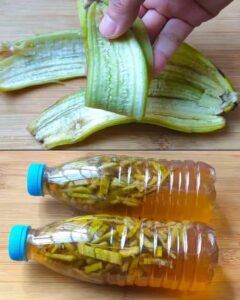
First, thank you for stopping by my kitchen corner today. I can’t tell you how much I appreciate you sharing a few minutes of your time with me. I’m writing this not just as a recipe lover, but as someone who’s made more than a few kitchen mistakes (and yes, cried over them too). My goal? To save you from the kind of disaster that leaves your kitchen sticky, smoky, and in tears.

My Hard-Learned Lesson
Years ago, I ruined my brand-new glass stovetop in one thoughtless moment. I absentmindedly set a hot lid down on the burner… and crack. Shattered. The sound, the mess, the sinking feeling—I’ll never forget it. Since then, I’ve been hyper-aware of how easily kitchen mishaps can happen.
And just recently, I stumbled across another story that made my stomach drop. A fellow cook shared photos of her stove after a crockpot catastrophe. Her chili had simmered all day, but when it wasn’t quite done, she moved the ceramic insert onto her stovetop burner to “speed things up.”
The result?
- A cracked insert
- Chili everywhere
- A completely ruined stovetop
If you’ve ever had a recipe not go as planned, you know the desperation. But trust me, this is one shortcut you don’t want to take.
🚫 Why a Crockpot Should Never Go on the Stove
Here’s the truth: slow cooker inserts are not designed for direct stovetop heat.
- They’re usually ceramic or porcelain. These materials are wonderful for slow, even cooking, but they don’t respond well to sudden, high heat.
- Thermal shock is real. If you move an insert from warm to blazing hot—or from hot to cold—it can crack or even shatter.
- Safety hazard. A broken crockpot isn’t just a mess. You risk burns, ruined countertops, and even damage to the heating element if liquid seeps into places it shouldn’t.
❓ But What About Ceramic Cookware?
Some ceramics are made for stovetop cooking—but your crockpot isn’t one of them. Cookware brands like Xtrema or enameled cast iron (think Le Creuset) are specially designed to withstand direct heat. Crockpot inserts, on the other hand, are built only for the gentle, steady warmth of their electric base.
What to Do Instead
So what should you do when your chili, stew, or roast still needs a little more cooking time?
- Transfer to a pot or Dutch oven. If you need to simmer something down, move it to stovetop-safe cookware.
- Use the oven. Many crockpot inserts are oven-safe up to a certain temperature (check your manual!). This is great for browning or thickening.
- Plan ahead. If your recipe tends to need extra time, set your crockpot on low for longer or prep earlier in the day.
Tips to Avoid a Chili-Sized Mess
- Always read your crockpot manual for safety instructions.
- Don’t expose your insert to sudden temperature changes (like moving it from fridge to hot crockpot).
- If you want that stovetop-to-table versatility, invest in a multi-cooker (like an Instant Pot), which is built for both.
FAQs
Q: Can I put my crockpot insert in the oven?
A: Usually yes, but only up to a certain temp (often 400°F or less). Always check your brand’s manual.
Q: Can I put my insert on the stovetop if I use low heat?
A: No—direct heat is the problem, not just high heat.
Q: What if I need to sauté before slow cooking?
A: Use a stovetop pan for browning, then transfer to the crockpot. Or buy a model with a sauté function built in.
Final Thoughts
Kitchen shortcuts can be tempting—I get it. But some risks just aren’t worth it. Never, ever put your crockpot insert on the stovetop. Trust me, you don’t want to be the one mopping up chili off your stove and floor while fighting back tears.
If you love this kind of kitchen tip, be sure to check out my other posts:
- Crispy Bacon Like Never Before—With This Genius Pantry Hack
- How to Keep Strawberries Fresh Longer
- The Hidden Purpose of the Hole in Your Pot Handle
And don’t forget—share your kitchen wins (and yes, even fails!) with me on Pinterest. I’d love to see how you’re cooking smarter, not harder. 💛





Leave a Reply